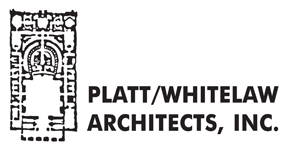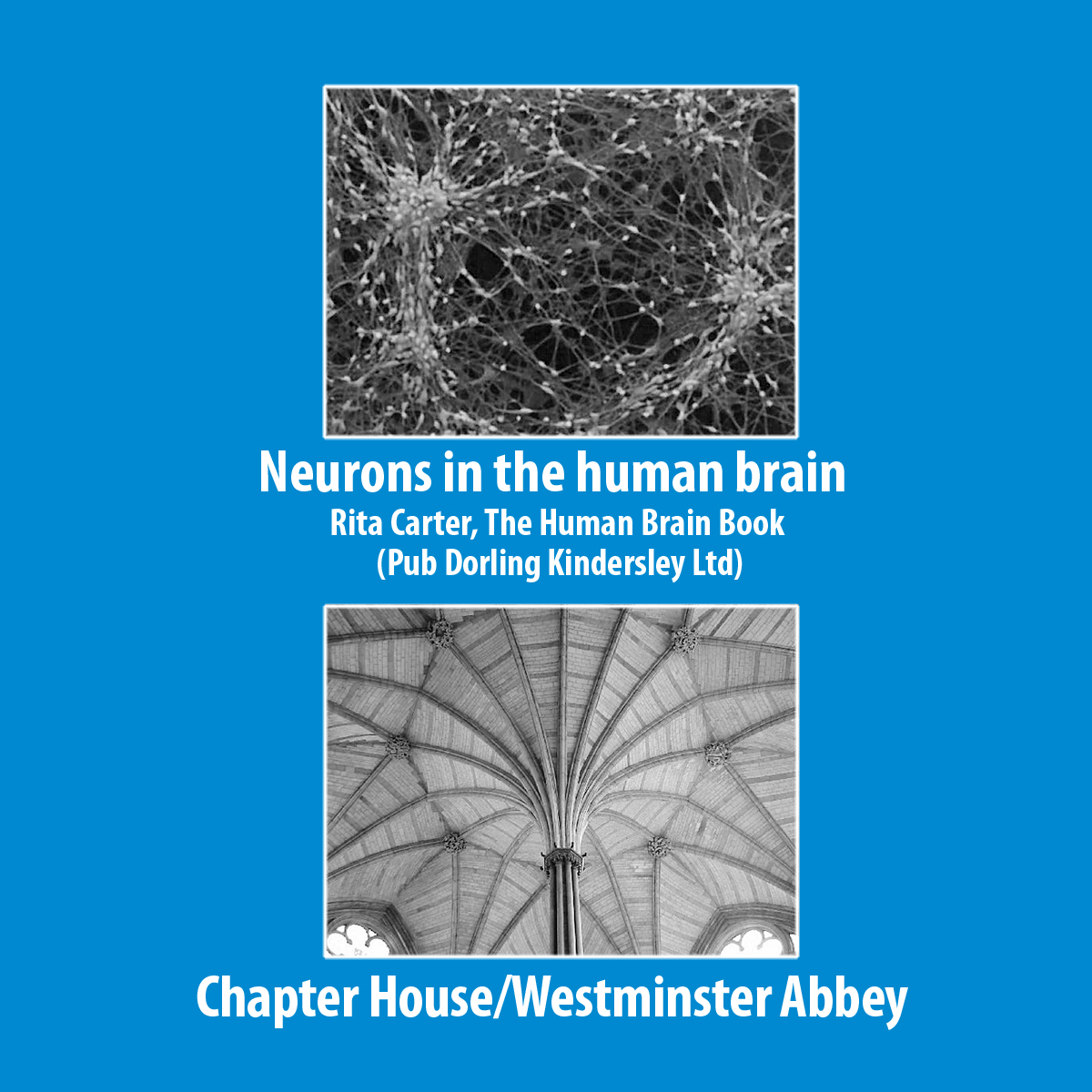Intersection: Architecture & Neuroscience
As students, we travel from one class to the next—one for science, one for math, one for art, and so on. Ultimately, though, it’s the integration of this learning that inspires new ideas and new ways of thinking—an integration happening right now between architecture and neuroscience. Every new discovery has ripples, as different professions consider [




